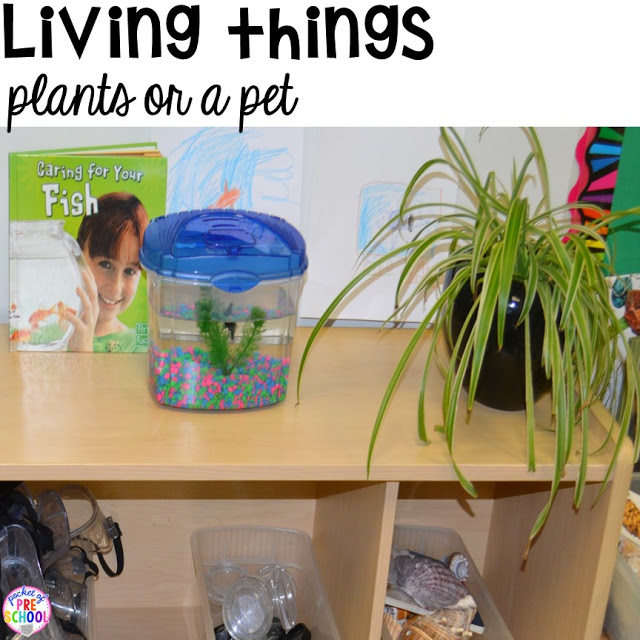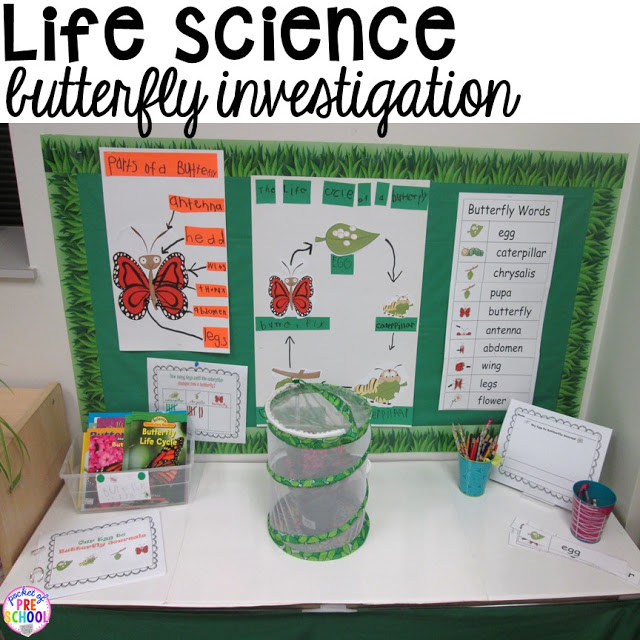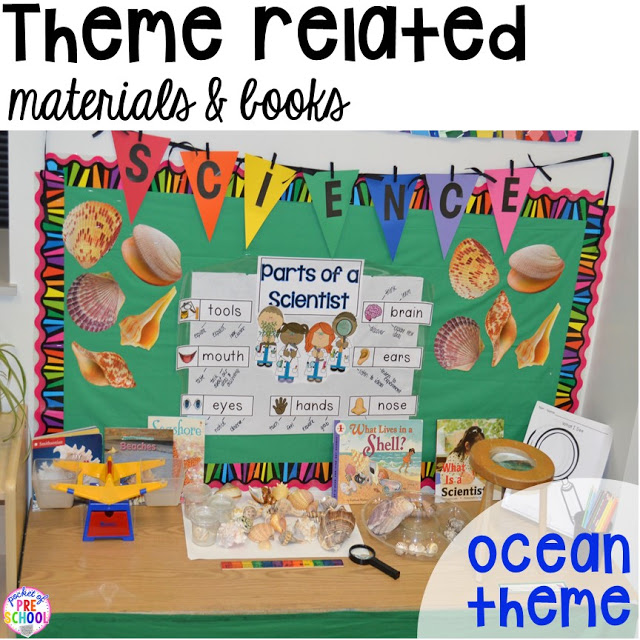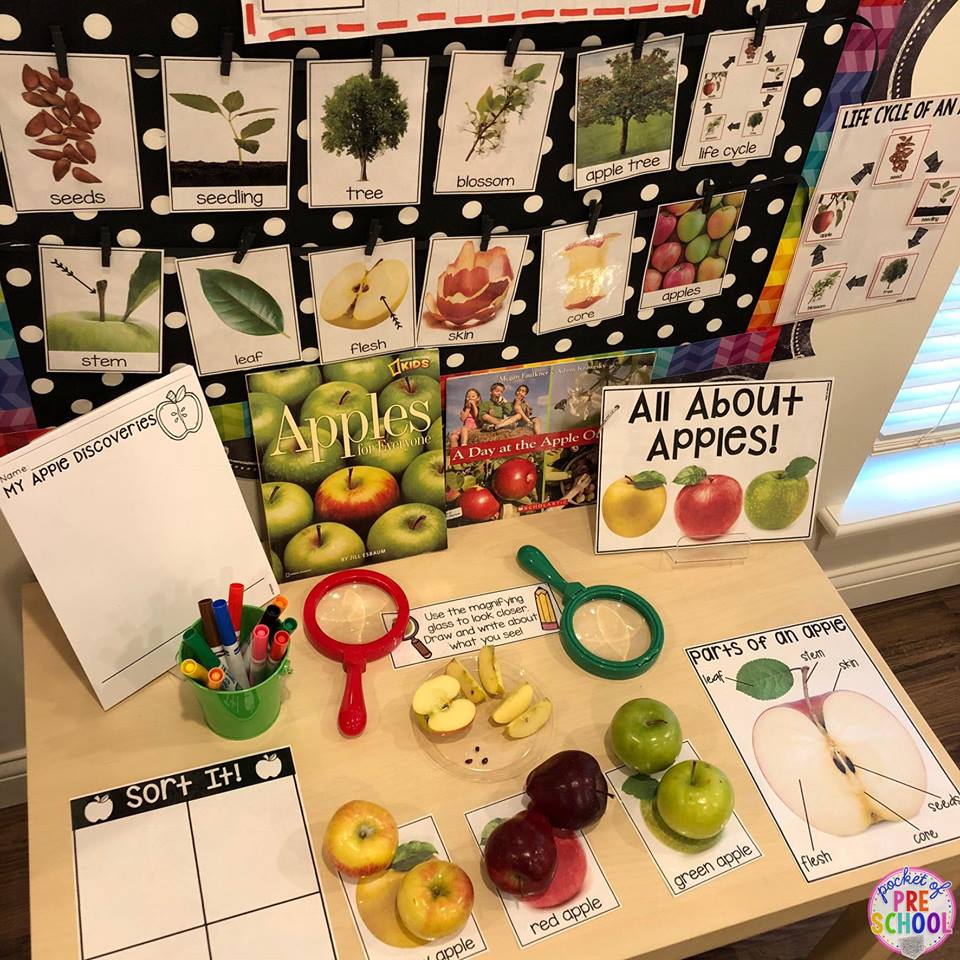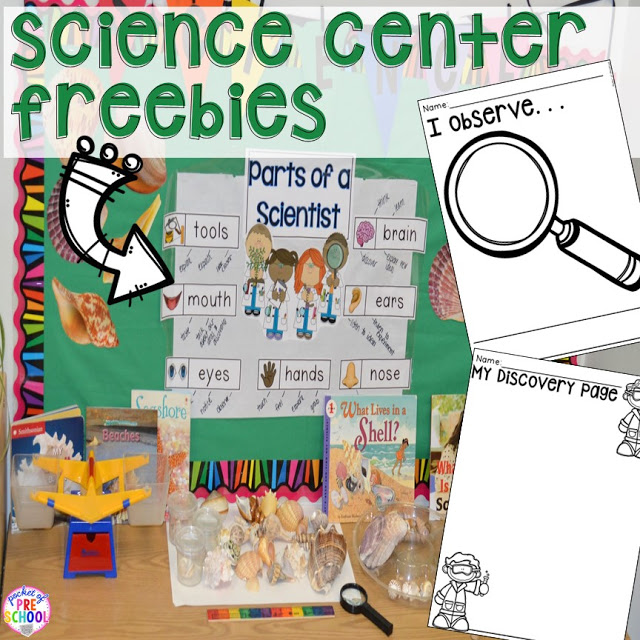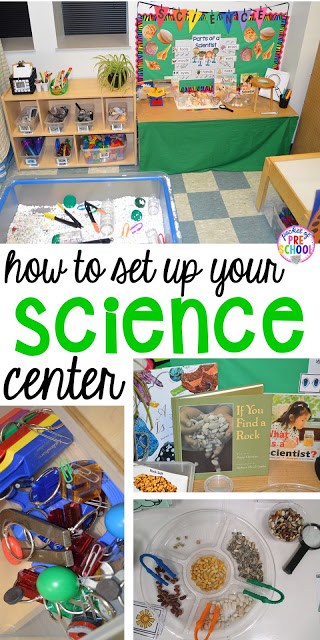The science center in my classroom is always a busy place. Students can observe, experiment, create, construct, classify, compare and question. Students are natural-born scientists. They are curious and eager to explore the world and everything in it! As teachers, it is our job to nurture their scientific spirit and help students form questions, investigations, collect data and share their conclusions. Make your science center amazing to enhance their experiences! Plus, I have a few freebies for your center too!
Grab the FREEBIE by entering your email in the box at the bottom of this post. This post contains affiliate links which means I earn a tiny commission when you use my links at no cost to you.
In my classroom, I combine my math and science centers together, aka the Discovery Center. I believe math and science overlap in SO many areas; it is natural to combine them together.


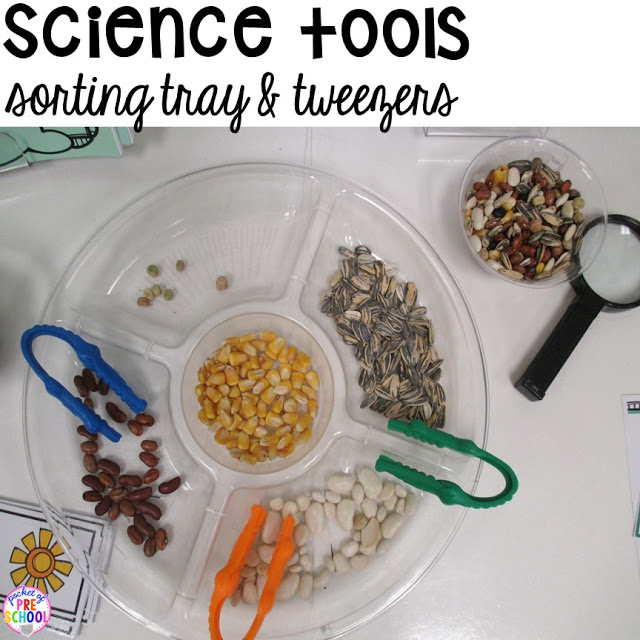

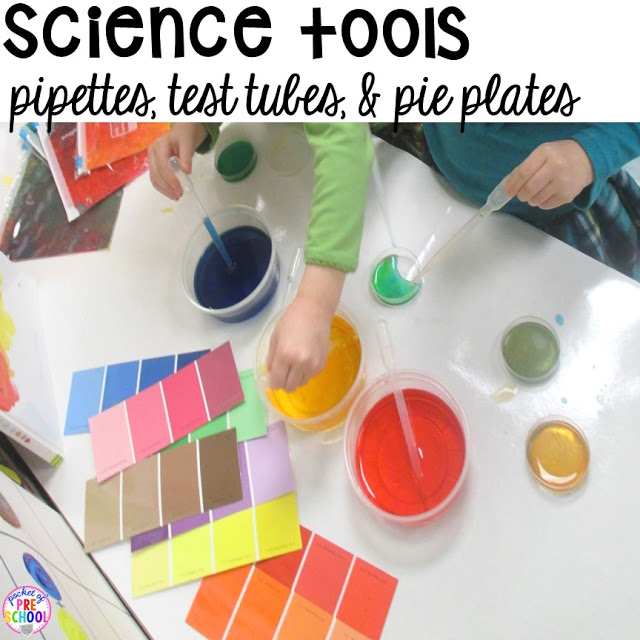
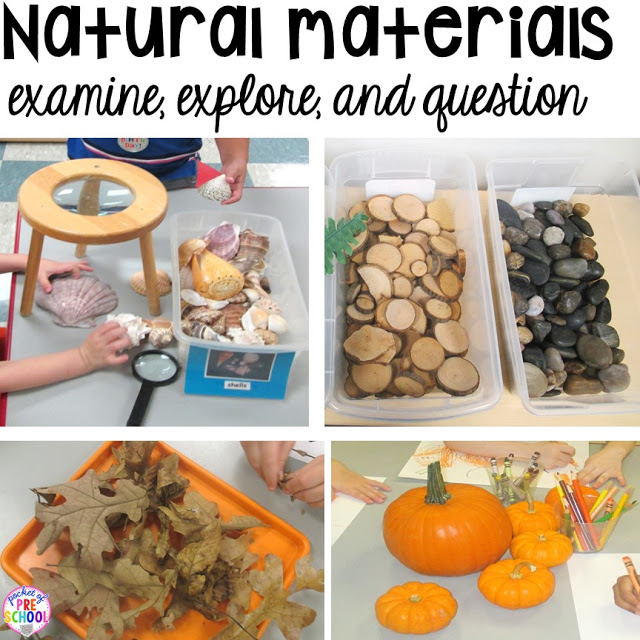
You want to have something living in your science center. It could be a plant or a class pet. Something students can take care of and observe over time. Add a book about the pet or plant to spark students’ interests.
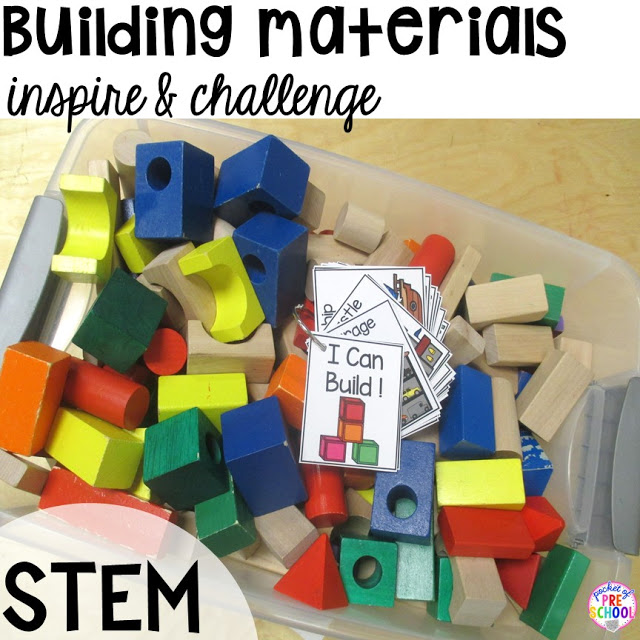
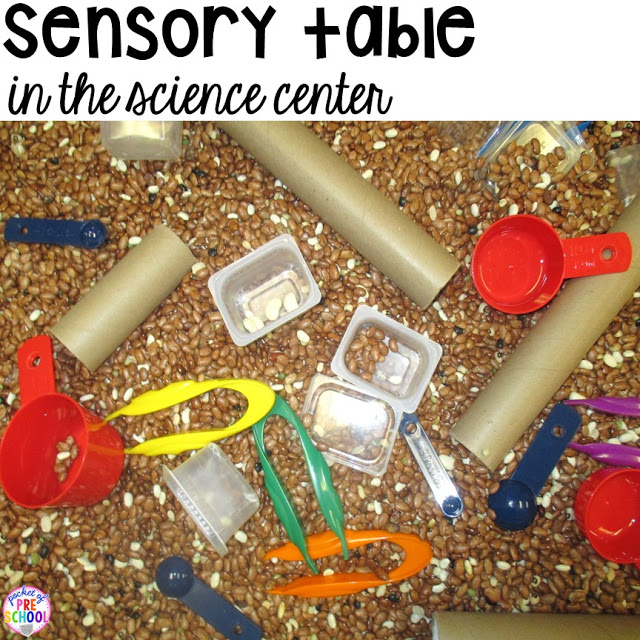


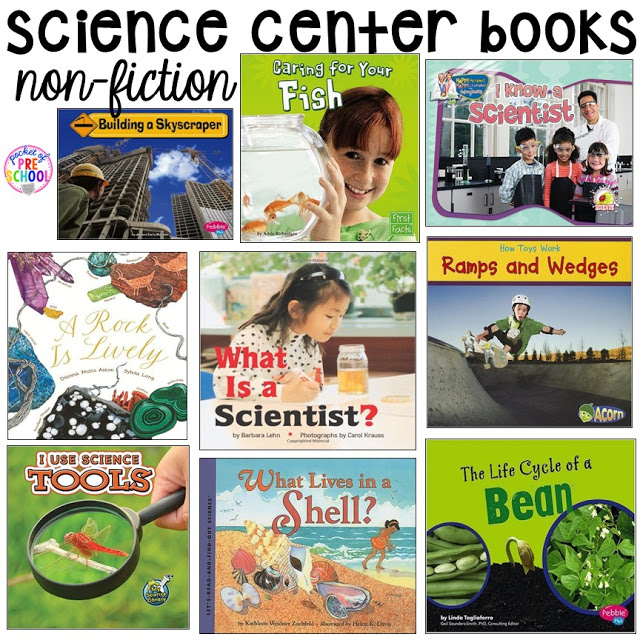
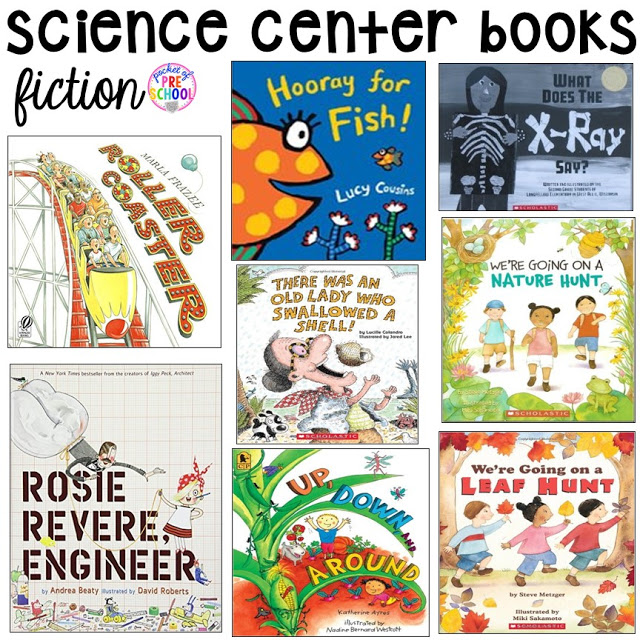
Science Table Ideas
I have a science table in my classroom where I set up various scientific investigations based on our theme and student interest. Each investigation can last for a month or two weeks, depending on our theme. When you are planning for your science center, remember to create investigations across all science areas (Life Science, Physical Science, and Earth Science). These are my students’ favorite science investigations from the past few years.
This year my focus is to create the Science for Little Learners Curriculum to make it EASY for you to set up amazing science tables for your little learners. You can see the science units I have completed so far HERE.
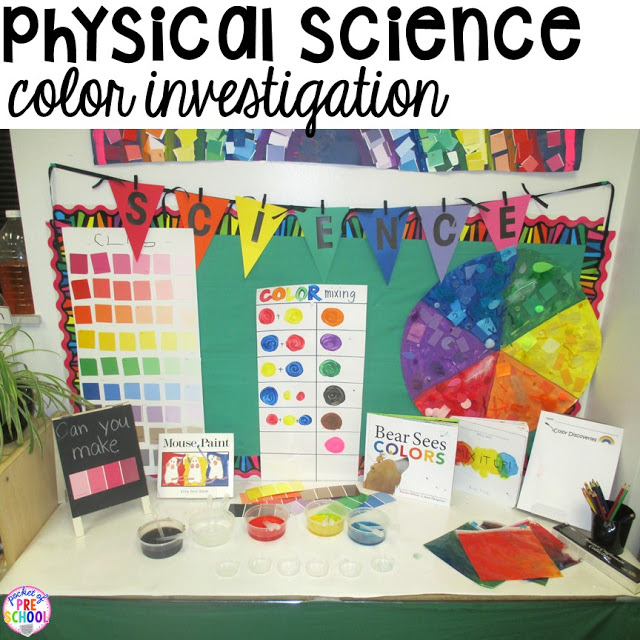
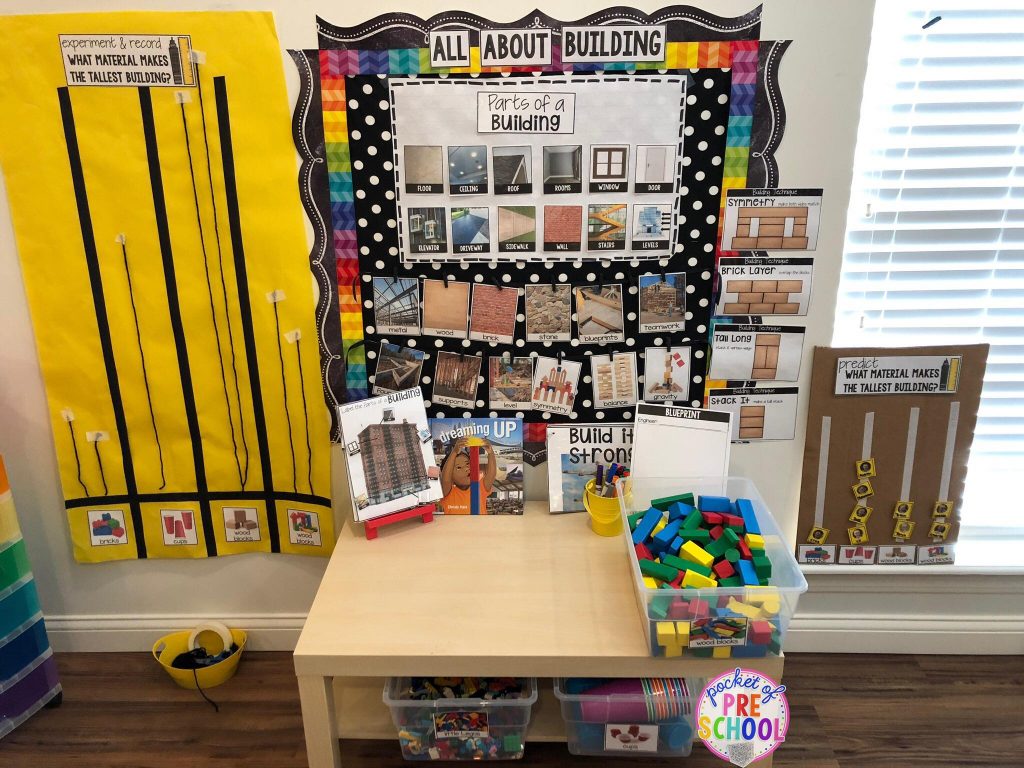
Some other fun physical science investigations are ramps/inclines, simple machines, how objects move (pushing, pulling), and magnets (those units will be coming soon to my TPT store).
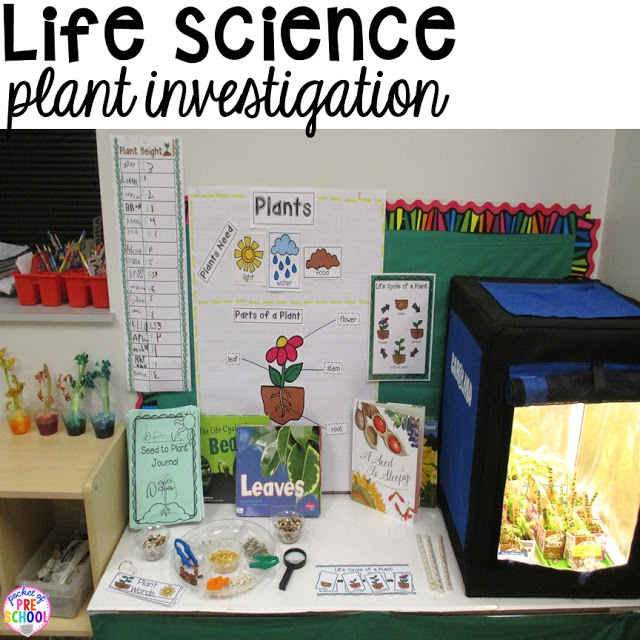
Butterflies: Students love them! Let students help you create the anchor charts in your science center. Student-created charts are POWERFUL! Grab my Life Cycle of a Butterfly HERE.
Other possible life science topics are worms, ladybugs, crickets, insects, spiders, hermit crabs, ants, fruits, vegetables, flowers, and trees.
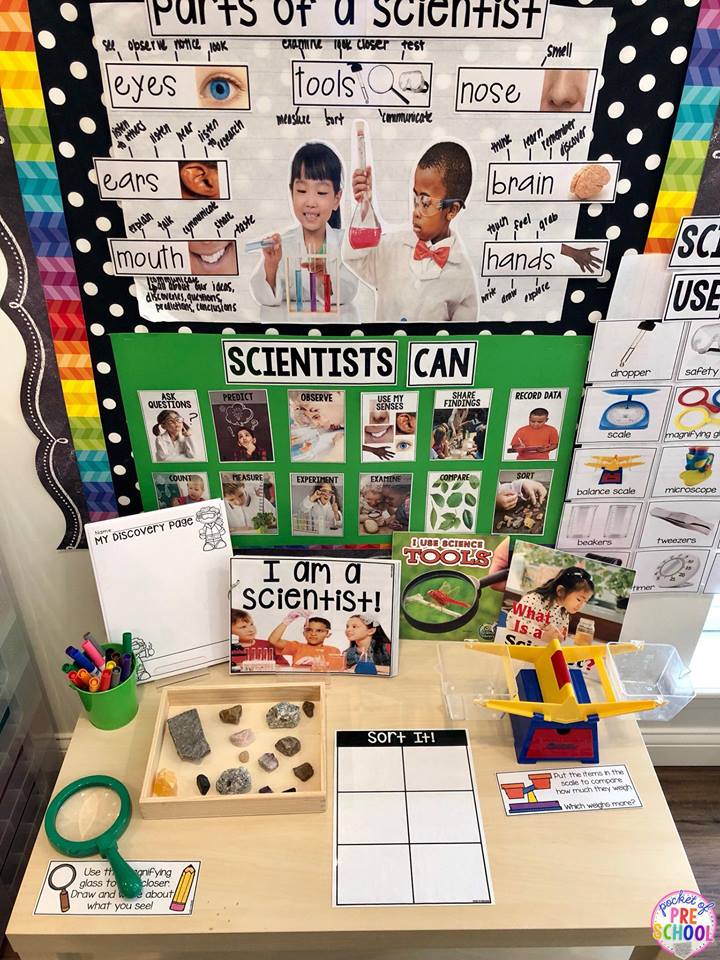
Other possible earth and environment topics are shells, sand, dirt, water, seeds, space, weather, sky, clouds, seasons, and recycling.
Themed Science Tables
You can also do themed science investigations based on what you are learning about. Many teachers set up the science table to match the learning theme, and it’s what I do too!
Students love learning about the ocean! Add some shells, sponges, shark teeth, ocean books, magnifying glass discover pages, rulers, magnifying glasses, sorting trays, and a scale! This picture was taken during the first week of our investigation. I added shark teeth, sponges, and coral later to keep students interested all month long!
Fall! There is so much to investigate: Pumpkins, Apples, and Leaves. My favorite thing to do is to cut open a pumpkin, plant the seeds and watch them grow. Grab my All About Pumpkins science unit HERE.
Set up a science table all about apples in September when students are visiting the apple orchards or for back to school. Grab my All About Apples science unit HERE.
Leaves, trees, and seasons are also fun to explore in the science center. Sort, measure, weigh and classify leaves and sticks. Grab the Leaves and Trees science unit HERE.
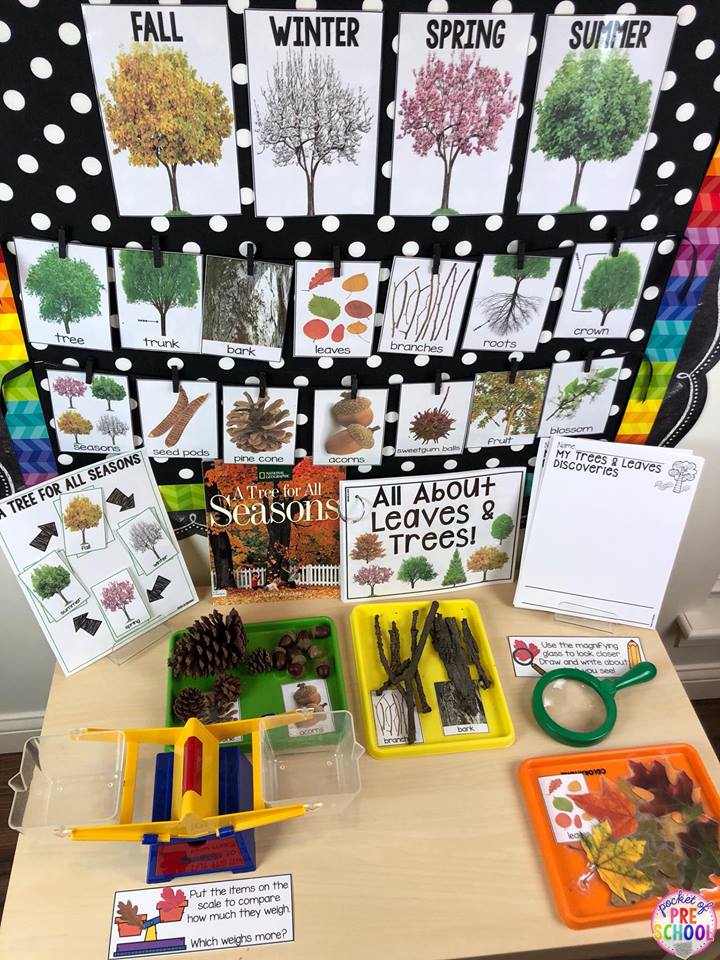
>Grab the FREEBIE by entering your email in the box at the bottom of this blog post!<<
The Parts of a Scientist chart has been updated and now has REAL photographs!
Want the Science Curriculum for Little Learners? It will make prepping the science center so much easier for you! It will come with 25 different units when it’s complete. Two units will be added each month until the curriculum is complete. Each unit has TONS of real photographs, vocabulary cards, anchor charts, science table setup ideas (with real classroom photographs), science table activities, recording pages, family letter to send home, science journal pages, and more! Check it out HERE or by clicking the photo below!
Add some STEM to your science center! Grab my I Can Build Chart and Books from my TPT store HERE.
Love it? Pin it!

